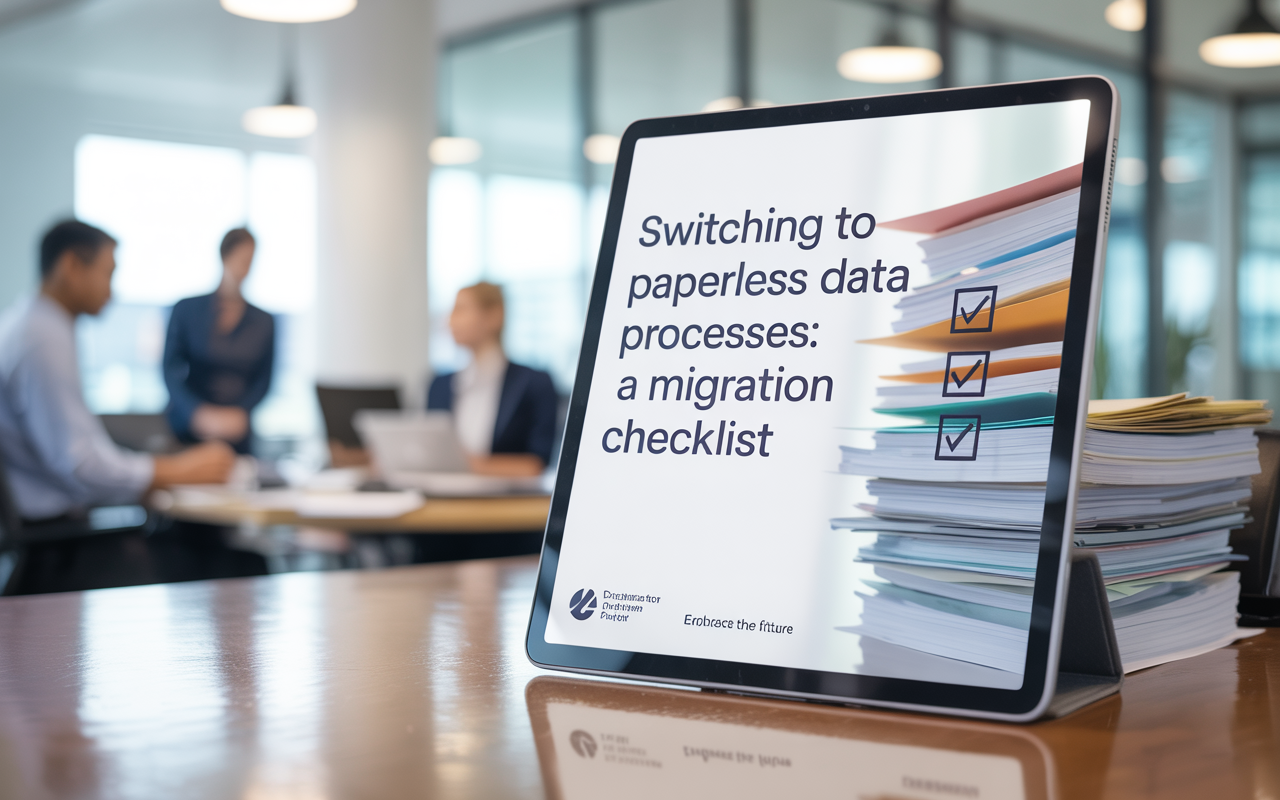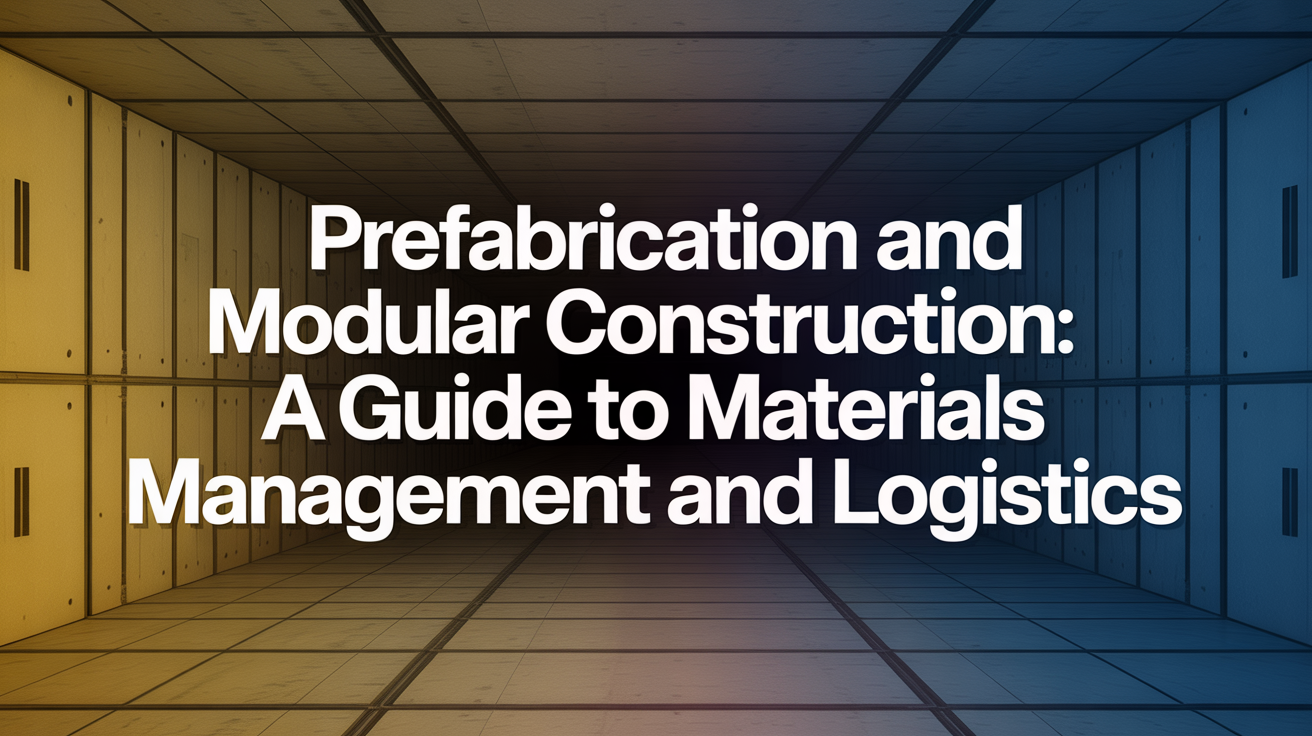Switching to Paperless Data Processes: A Migration Checklist
Introduction
In today’s fast-paced digital world, organizations are increasingly embracing paperless data processes as a way to reduce costs, improve efficiency, and stay competitive. From small businesses to large enterprises, the shift from paper-based workflows to digital systems is driven by factors like environmental sustainability, regulatory compliance, and the need for faster access to critical information. 🌿 This trend isn’t just about cutting down on printing costs-it’s about transforming how we manage and interact with data.
To help you navigate this transition, we’ve created a comprehensive migration checklist that covers everything from assessing your current processes to ensuring security and compliance in your new system. Whether you’re just starting or already mid-journey, this article will address common questions and highlight key considerations for a smooth and successful switch. Let’s dive into why going paperless is worth the effort!
Why Switch to Paperless Data Processes?
Migrating to paperless workflows offers numerous advantages, including significant cost reductions and improved operational efficiency. By eliminating physical storage needs and reducing manual errors, businesses can save both time and money. ✂️ Additionally, digital systems enhance accessibility, allowing employees to retrieve documents anytime, anywhere, while also promoting sustainability through reduced paper waste. These benefits align perfectly with modern trends in digital transformation, where industries across the board are prioritizing eco-friendly practices and smarter workflows.
But it doesn’t stop there-going paperless also ensures better compliance with regulations like GDPR and HIPAA, which require secure handling of sensitive data. With tools like those offered by Nektar.io, organizations can streamline their transition and build robust, scalable systems tailored to their unique needs. Transitioning to paperless processes not only future-proofs your business but also positions you as a leader in innovation within your industry.
Assessing Your Current Paper-Based Processes
The first step in transitioning to paperless data processes is conducting a thorough audit of your existing workflows. Start by creating an inventory of all paper records, forms, and procedures currently in use. Categorize these items based on their purpose-whether they involve sensitive data, operational tasks, or archival purposes-and identify any bottlenecks or inefficiencies in how they’re managed. This assessment will serve as the foundation for planning your migration strategy.
Understanding the types of data you handle is crucial because it informs decisions about storage solutions, security measures, and digitization priorities. For instance, sensitive client information may require stricter encryption protocols than routine internal memos. By gaining clarity on what you have and how it’s used, you’ll be better equipped to design a seamless migration plan that addresses potential pain points before they arise.
Planning Your Paperless Migration Project
A well-structured plan is essential for executing a successful paperless migration. Begin by setting clear objectives-what do you hope to achieve? Whether it’s reducing costs, improving collaboration, or enhancing compliance, having defined goals will guide every stage of the process. Next, determine the scope of your project, assign roles to stakeholders, and establish a realistic timeline with milestones to track progress. 💡
Risk assessment should also be part of your planning phase. Identify potential challenges, such as technical glitches or resistance from staff, and develop contingency plans to mitigate them. Budget estimation is another critical component; factor in costs for software, hardware, training, and ongoing support. Finally, consider the technology stack you’ll need-Nektar.io, for example, provides user-friendly solutions designed to simplify the transition to paperless systems.
“Why businesses embrace Digital Checklists and Go-Paperless? Assessment and Prioritisation: Evaluate paper checklists for digitisation based on operational impact, compliance, and data sensitivity.” -tcard.leantransitionsolutions.com
With a solid plan in place, you’ll minimize disruptions and ensure that everyone involved understands their responsibilities. This structured approach lays the groundwork for a smooth migration that delivers long-term value to your organization.
Selecting the Right Digital Tools and Storage Solutions
Choosing the right digital tools and storage solutions is one of the most important decisions in your paperless journey. Look for platforms that prioritize user-friendliness, integration capabilities, and scalability. Cloud-based options often provide flexibility and accessibility, making them ideal for remote teams, while on-premise solutions might appeal to organizations with strict data sovereignty requirements. 🔧
“Before you do anything substantive, you need a concrete list of everything you’re moving, an understanding of why you’re moving it, who’s affected by the move, and how you’ll prove that it all worked out.” -datafold.com
When evaluating vendors, consider features like document management, workflow automation, and advanced security protocols. Nektar.io stands out as a reliable partner in this space, offering customizable solutions that cater to diverse organizational needs. Remember, the goal is to select tools that not only meet your current demands but can also grow with your business over time.
Preparing Data: Organization, Cleansing, and Digitization
Data preparation is a vital step in ensuring a successful migration. Start by organizing your documents into categories based on relevance, sensitivity, and usage frequency. This will make it easier to prioritize which files to digitize first. Once sorted, cleanse outdated or irrelevant records to avoid cluttering your new system with unnecessary data. 🗑️
“Define Objectives: Identify why you are migrating data and what you hope to achieve through the process. Understand the required technology, timeline, and potential risks.” -rivery.io
Next, establish a standardized structure for naming and storing digital files. Consistency here is key to maintaining searchability and preventing confusion later on. Quality control measures, such as double-checking scans for clarity and using OCR (Optical Character Recognition) technology, ensure that your digital documents are accurate and easily retrievable. These preparatory steps lay the groundwork for a clean and efficient migration.
Finally, don’t underestimate the importance of testing your processes before full-scale implementation. Conduct trial runs to identify any gaps or issues early on. By addressing these proactively, you’ll set yourself up for a smoother transition overall.

“Research and choose digital checklist software aligned with organisational needs, focusing on user-friendliness, customisation, integration, and security.” -tcard.leantransitionsolutions.com
Migrating Data: From Paper to Digital Systems
Once your data is prepared, it’s time to begin the actual migration process. Start by scanning physical documents in batches, ensuring high-quality scans that capture all necessary details. Map old formats to their corresponding digital counterparts, paying close attention to metadata and file structures. Accuracy during this phase is critical to maintaining data integrity throughout the transfer. 📋
Throughout the migration, keep backup copies of both your original paper documents and newly digitized files. This precaution protects against accidental loss or corruption. After each batch is processed, verify its accuracy by cross-referencing with the source material. By following these steps diligently, you’ll ensure a seamless transition that preserves the reliability of your data.
“Transitioning to paperless requires establishing a standardized process for converting physical documents into digital formats. This includes: Scanning workflow. Develop a consistent procedure for scanning incoming paper documents. Define who will scan, where files will be stored, and how they will be named for easy identification and searchability.” -attorneyatwork.com
Integrating Digital Workflows with Existing Systems
Integrating your new paperless solutions with legacy systems is a crucial step in minimizing disruption. Focus on mapping data fields between old and new platforms to ensure compatibility. Access controls must also be configured to reflect updated roles and permissions, safeguarding sensitive information. 🔄
User training plays a pivotal role in this phase. Equip your team with the knowledge and skills needed to navigate the new system confidently. Platforms like Nektar.io offer intuitive interfaces that ease the learning curve, helping users adapt quickly. With proper integration and training, you’ll maximize the benefits of your paperless transformation without compromising productivity.
“There’s of course no need to completely get rid of your physical records, at least not immediately. You can use a high-quality scanner to ensure clarity and accuracy, and once done: Categorize these files according to your storage structure.” -ignitionapp.com
Ensuring Security and Compliance in Paperless Processes
Security and compliance are non-negotiable when transitioning to paperless systems. Implement robust encryption methods to protect sensitive data, both at rest and in transit. Establish strict access controls, ensuring that only authorized personnel can view or modify critical documents. Regular audits and audit trails further enhance accountability and transparency. 🔐
Regulatory frameworks like GDPR and HIPAA impose stringent requirements on data handling. Stay informed about these standards and incorporate best practices into your workflows. Periodic reviews of your security protocols will help identify vulnerabilities and ensure ongoing compliance. By prioritizing safety, you’ll build trust with clients and stakeholders alike.
“Integrate digital checklist software with existing systems to streamline workflows and enhance data sharing.” -tcard.leantransitionsolutions.com
Training Employees and Change Management
Employee buy-in is essential for the success of any paperless initiative. Provide comprehensive training programs that cover not only technical aspects but also the “why” behind the change. Highlight the benefits of going paperless, such as streamlined workflows and reduced clutter, to foster enthusiasm among your team. 🙌
Ongoing support is equally important. Create channels for feedback and troubleshooting, empowering employees to voice concerns and share ideas. Involving staff early in the decision-making process helps build ownership and commitment to the new system. With effective change management, you’ll turn potential resistance into active participation.
“Set up periodic reviews for your digital files so you can archive outdated documents and clear out unnecessary data. This prevents digital clutter and keeps your system running smoothly.” -attorneyatwork.com
Maintaining & Optimizing Your Paperless Data Environment
Transitioning to paperless is just the beginning-maintaining and optimizing your digital environment is equally important. Schedule routine backups to prevent data loss and conduct periodic audits to remove redundant or obsolete files. Tracking performance metrics allows you to identify areas for improvement and refine workflows over time. ⚙️
Continuous optimization ensures that your system remains efficient and aligned with evolving business needs. Stay proactive by keeping software updated and exploring new features that could enhance productivity. With a focus on maintenance and innovation, your paperless environment will continue to deliver value for years to come.
Common Challenges and How to Overcome Them
Switching to paperless isn’t without its challenges. Resistance to change, technical difficulties, and concerns about data loss are common obstacles organizations face. To overcome these hurdles, communicate openly with your team, emphasizing the long-term benefits of the transition. Address fears head-on by providing reassurance and practical solutions. 🛠️

Technical issues can often be resolved through careful planning and vendor support. Partnering with experts like Nektar.io ensures that you have access to reliable tools and guidance throughout the process. By anticipating challenges and preparing accordingly, you’ll minimize disruptions and keep your project on track.
Key Metrics to Measure Migration Success
To gauge the success of your paperless migration, track key metrics such as reduction in paper usage, cost savings, error rate decline, employee adoption rates, and compliance adherence. These indicators provide tangible evidence of progress and highlight areas for further improvement. 📊
Frequently Asked Questions
How long does switching to paperless data processes typically take?
The duration of a paperless migration depends on the complexity and size of your organization. Smaller businesses may complete the process in weeks, while larger enterprises could take several months. Proper planning and execution are key to staying on schedule.
Do we need to destroy all paper copies after digitizing?
No, destroying all paper copies isn’t mandatory. Best practices suggest retaining physical records for a specified period, depending on legal requirements. Hybrid workflows allow you to balance digital convenience with regulatory compliance.
What are the top security concerns with going paperless?
Data breaches, unauthorized access, and inadequate encryption are primary concerns. Address these risks by implementing strong access controls, regular audits, and encryption technologies to safeguard your digital assets.
How can we ensure data integrity during the migration?
Validation checks, backup copies, OCR verification, and trial runs are effective ways to maintain data integrity. These steps ensure accuracy and reliability throughout the migration process.
What should I do if my team resists going paperless?
Encourage adoption by involving employees early, providing thorough training, and demonstrating the benefits of the new system. Change management strategies can help transform resistance into engagement.
Conclusion
Switching to paperless data processes is a transformative step that streamlines workflows, enhances compliance, and reduces costs. By following a structured migration checklist, you can mitigate risks and ensure a smooth transition. From assessing current processes to maintaining your new digital environment, each step brings you closer to achieving greater efficiency and sustainability. 🌟
We encourage organizations to use this checklist as a roadmap to start or refine their paperless journey. Embracing digital transformation not only improves day-to-day operations but also positions your business for long-term success in an increasingly competitive landscape. Take the first step today and unlock the full potential of a paperless future with partners like Nektar.io by your side.



